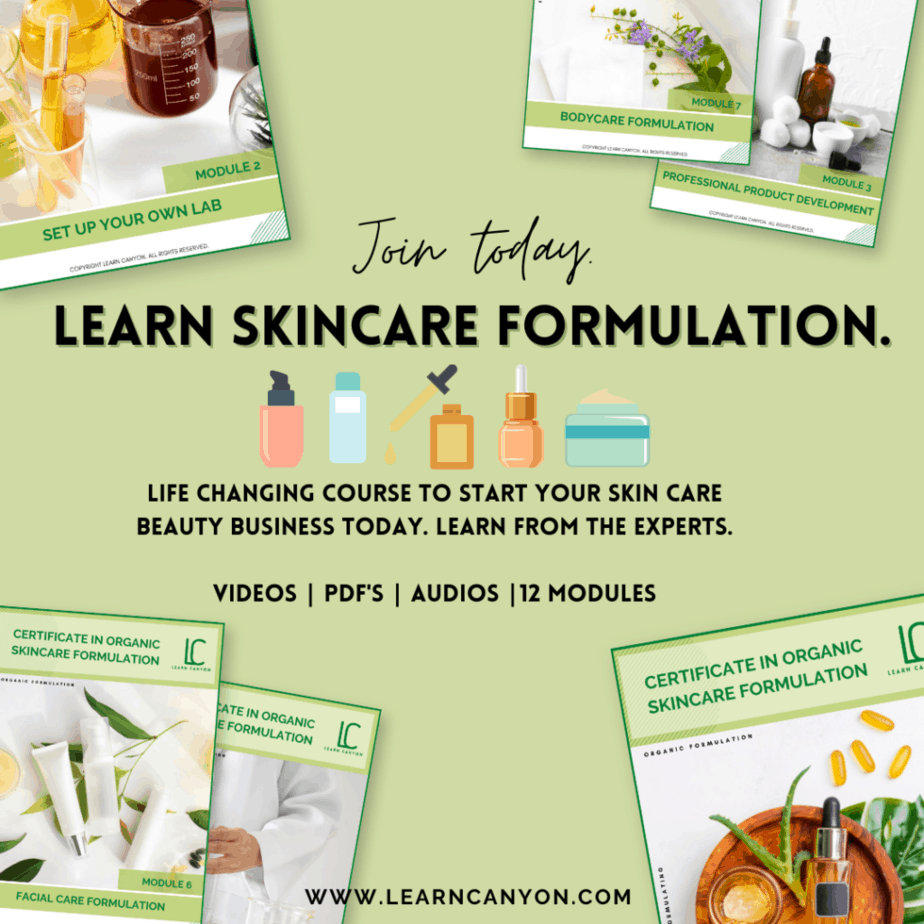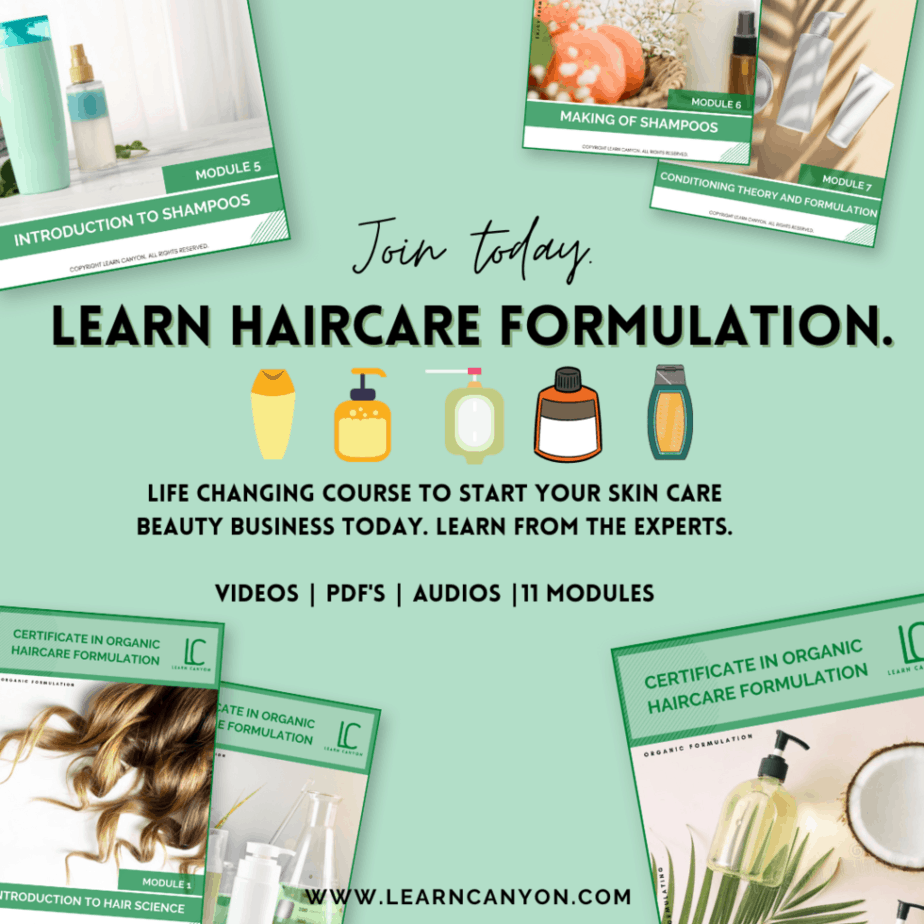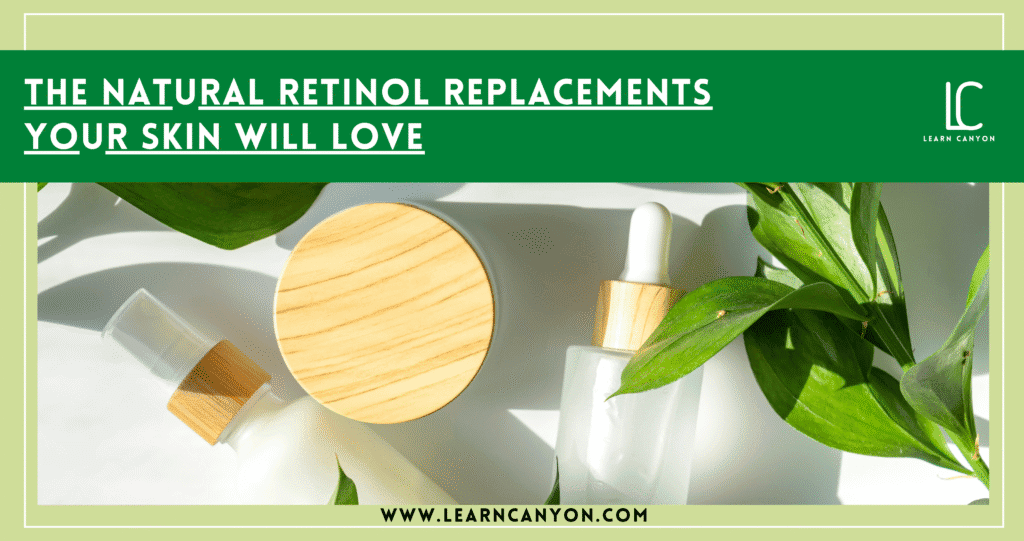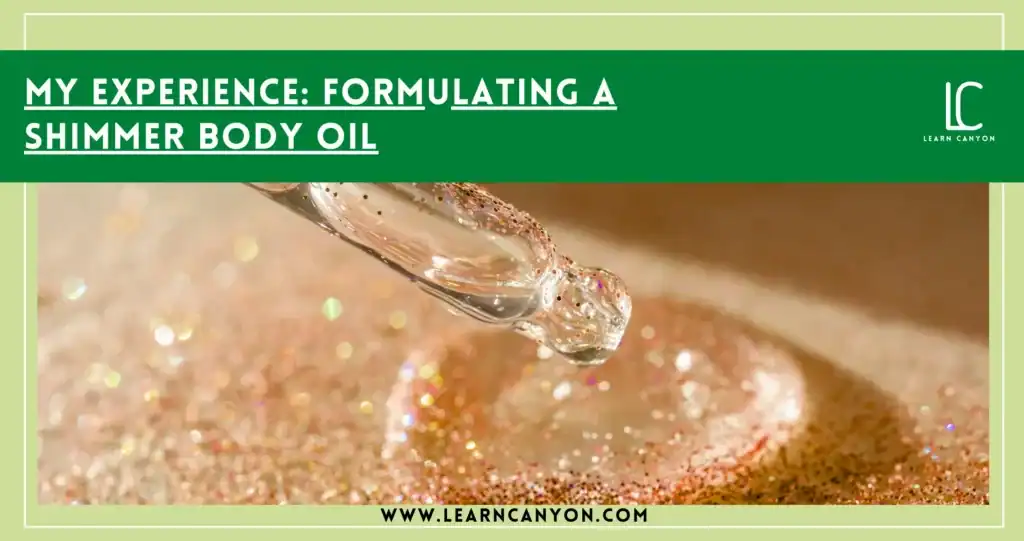Let’s be honest, retinoids have long held the crown in the world of anti-aging skincare. And yes, their reputation isn’t without reason. They boost collagen, smooth fine lines, and encourage cell turnover like pros. But here’s the catch: not every skin type can handle their intensity. Especially if you’re someone with sensitive, reactive, or barrier-compromised skin, retinoids can often feel like more of a punishment than a perk.
As a formulator, I’ve seen it time and time again, clients love the idea of retinoids, but dread the irritation, peeling, redness, or that tight, uncomfortable feeling they can sometimes bring. And so began my journey of exploring gentler, plant-powered alternatives that still deliver results, but with kindness.
In this blog, I want to walk you through some of the most beautiful, organic ingredients that offer retinoid-like benefits without the drama. Whether you’re a formulator crafting for sensitive skin or simply someone looking to swap out harsh actives for something a bit more soulful, this one’s for you.
Ready to meet nature’s version of retinoids?
Let’s dive in.
Why Retinoids Aren’t for Everyone
Ah, retinoids, those tiny vitamin A derivatives with big promises. They work by accelerating skin cell turnover, boosting collagen, fading pigmentation, and even smoothing out fine lines. Sounds like magic in a bottle, right?
But here’s the thing: not all skin types are on board with their intensity.
If you’ve ever experienced stinging, peeling, flaking, or redness after using a retinol cream, you’re not alone. Retinoids can be incredibly potent, and while that might be great for some skin types, it can be overwhelming for others, especially sensitive, acne-prone, or rosacea-prone skin.
And as formulators, we have to respect that.
The skin barrier is sacred. Once compromised, it takes a lot of love and care to rebuild. Retinoids, especially when used too frequently or without enough barrier support, can break that barrier down. They also tend to clash with other active ingredients (like exfoliating acids or Vitamin C), and often demand a period of adjustment that not everyone is willing, or able, to go through.
That’s why more and more of us in the organic skincare world are turning to nature for answers. We want results, yes, but not at the cost of comfort or skin health. The goal is glow, not war.
What Makes a Great Natural Retinoid Alternative?
Let’s get one thing clear, just because we’re going natural doesn’t mean we compromise on performance.
When we talk about replacing retinoids, we’re not looking for a “watered-down” version. We’re seeking intelligent botanicals that support the same skin goals: smoother texture, firmer skin, fewer lines, and a healthy glow. The difference? These alternatives work with the skin, not against it.
So, what should we look for in a plant-based retinoid alternative?
- Collagen-Boosting Power: Retinoids are famous for stimulating collagen production. A great alternative should also help improve skin elasticity and reduce fine lines in a gentle, sustained way.
- Cell Turnover Support: While you don’t want aggressive exfoliation, you do want ingredients that encourage fresh, vibrant skin, especially those that work at a dermal level without irritating the epidermis.
- Antioxidant-Rich: Free radicals are one of the biggest contributors to aging skin. Look for ingredients packed with antioxidants that protect, repair, and renew the skin barrier.
- Anti-Inflammatory Benefits: This is especially important for sensitive skin. Instead of triggering redness, the right alternative should calm inflammation and restore balance.
- Gentle & Non-Photosensitizing: Unlike traditional retinoids, which often require you to stay out of the sun, natural alternatives should be safe to use without increasing sensitivity to UV.
As a formulator, this is where the fun begins. Nature has given us a palette of beautiful actives that can mimic the effects of retinoids, without the side effects. And when you combine them with hydrating humectants, soothing botanicals, and barrier-supporting lipids? Magic.
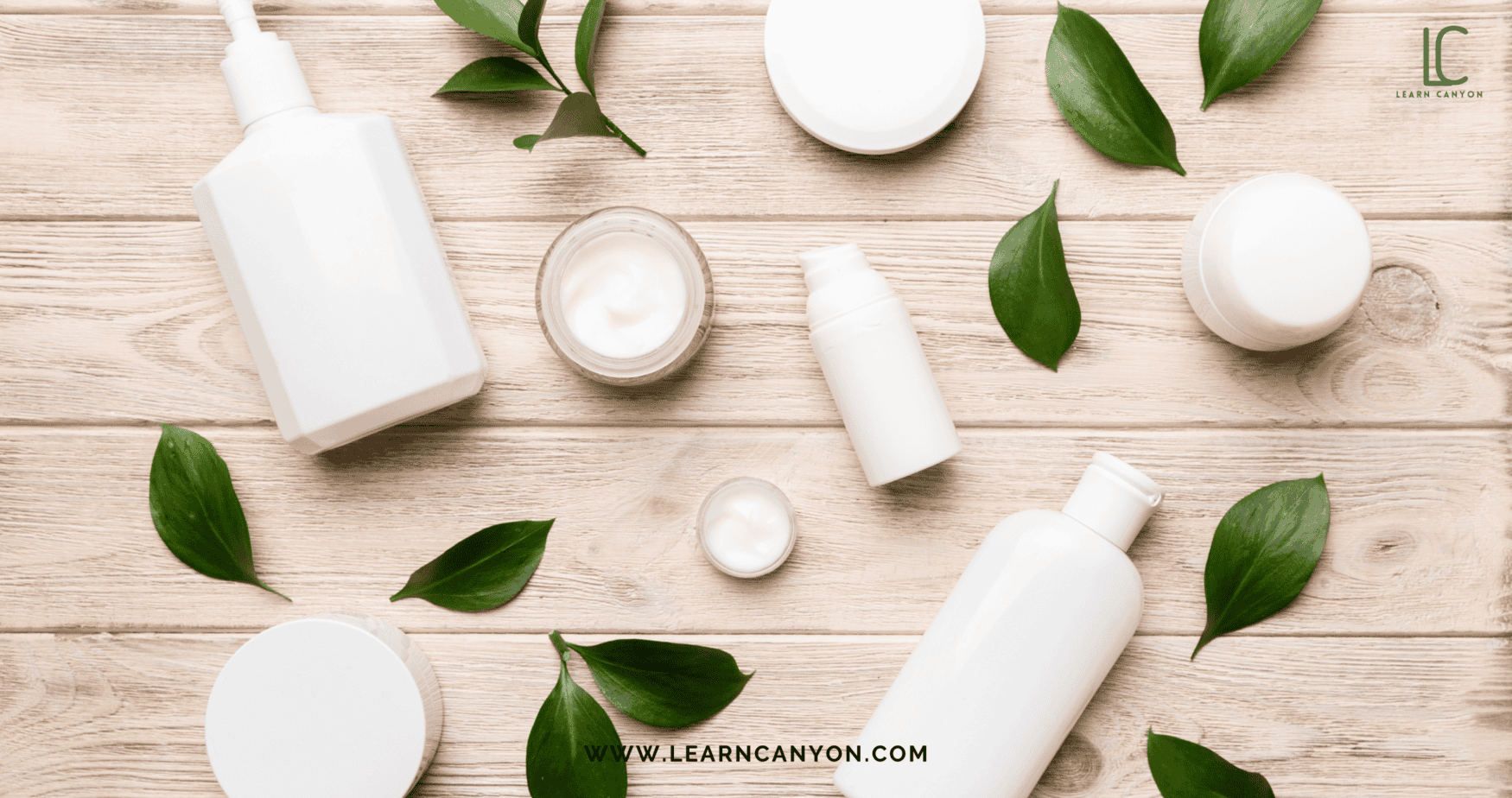
Meet the Plant-Based Powerhouses
Now that we’ve set the standards, let me introduce you to the botanical stars that are redefining age-defying skincare, without the sting. These are the gentle warriors I reach for when formulating for sensitive skin, mature skin, or anyone who wants results minus the drama.
- Bakuchiol (INCI: Bakuchiol): Let’s start with the queen herself. Bakuchiol is often called the “natural retinol,” and for good reason. Derived from the Babchi plant, it’s been shown to offer similar benefits to retinol, boosting collagen, improving texture, and fading pigmentation, without irritation or photosensitivity. It’s perfect for night serums or light creams, and I love how skin just drinks it in.
- Rosehip Seed Oil (INCI: Rosa Canina Seed Oil): This beauty has been around for centuries, and it’s still a favorite for a reason. Rich in trans-retinoic acid (a natural form of vitamin A), rosehip oil supports cell turnover, reduces scars, and helps soften fine lines. It’s lightweight, fast-absorbing, and blends beautifully into facial oils and balms.
- Cacay Oil (INCI: Caryodendron Orinocense Seed Oil): If you haven’t met cacay oil yet, allow me to make the introduction. It contains three times more natural retinol than rosehip oil and is loaded with Vitamin E and linoleic acid. It’s deeply nourishing without feeling greasy, ideal for dry or mature skin formulations.
- Sea Buckthorn Pulp Oil (INCI: Hippophae Rhamnoides Oil): This vibrant orange oil is a powerhouse of antioxidants, omega-7, and beta-carotene. It supports regeneration, strengthens the skin barrier, and imparts a glow that’s hard to ignore. A little goes a long way, perfect as a brightening booster in serums and night creams.
- Rambutan Extract (INCI: Nephelium Lappaceum Leaf Extract): One of the newer darlings in green cosmetic science, rambutan leaf extract is showing exciting potential as a plant-based retinol mimic. It’s antioxidant-rich and helps improve skin elasticity, hydration, and firmness, without causing inflammation.
- Carrot Seed Extract (INCI: Daucus Carota Sativa Extract): Not to be confused with the essential oil, the extract is a wonderful antioxidant. It’s great for gentle rejuvenation and pairs beautifully with other soothing ingredients for sensitive skin.
When used mindfully and in the right concentrations, these actives can absolutely rival synthetic retinoids in efficacy, while being much more skin-friendly. They don’t force results; they encourage them.
How to Formulate with These Alternatives
Here’s where the magic really begins, translating those beautiful botanicals into formulas that feel luxurious and perform beautifully on the skin.
Now, while these natural retinoid alternatives are gentler than their synthetic counterparts, they still require a bit of care and cleverness during formulation to ensure they shine. Let’s talk shop!
Choose the Right Format
Not every extract belongs in a water serum, and not every oil makes sense in a rich night cream. Think about skin feel, absorption rate, and layering.
- Bakuchiol loves a light oil serum or an emulsion base.
- Rosehip & Cacay Oil work well in nourishing oil blends, balms, or night creams.
- Rambutan Extract & Carrot Seed Extract perform best in emulsions or water-based serums.
Watch the Usage Rates:
More isn’t always better. In fact, when working with potent plant actives, restraint is elegance.
- Bakuchiol: 0.5%–1% is ideal for noticeable effects without irritation.
- Cacay & Rosehip Oils: Can be used up to 10–20%, depending on the product format.
- Sea Buckthorn Pulp Oil: Use at 1–3% to avoid staining but still deliver benefits.
- Rambutan Extract: Typically effective around 1%–2%, but always check supplier specs.
Preserve Potency:
Many of these ingredients are rich in unsaturated fatty acids and antioxidants, meaning they can be sensitive to heat and light.
- Add oils like rosehip, cacay, or sea buckthorn during the cool-down phase.
- Use opaque packaging (like amber glass) to protect them from degradation.
- Consider pairing them with natural antioxidants like Vitamin E (Tocopherol) for added stability.
Pair Mindfully:
To really unlock the potential of these ingredients, pair them with supporting actives that calm and hydrate:
- Panthenol, Beta-glucan, and Aloe Vera to soothe
- Niacinamide for brightening and barrier support
- Hyaluronic Acid for that plump, juicy finish
Texture Matters:
For sensitive skin, the experience of a product is just as important as the efficacy. A silky, non-greasy texture can be the difference between a product that’s loved or left on the shelf. Play with emulsifier blends, esters, or natural butters to create that comforting feel.
As a formulator, your goal is to create synergy, not just with the ingredients, but also with the skin. These plant-based alternatives are incredibly versatile once you learn their rhythm.
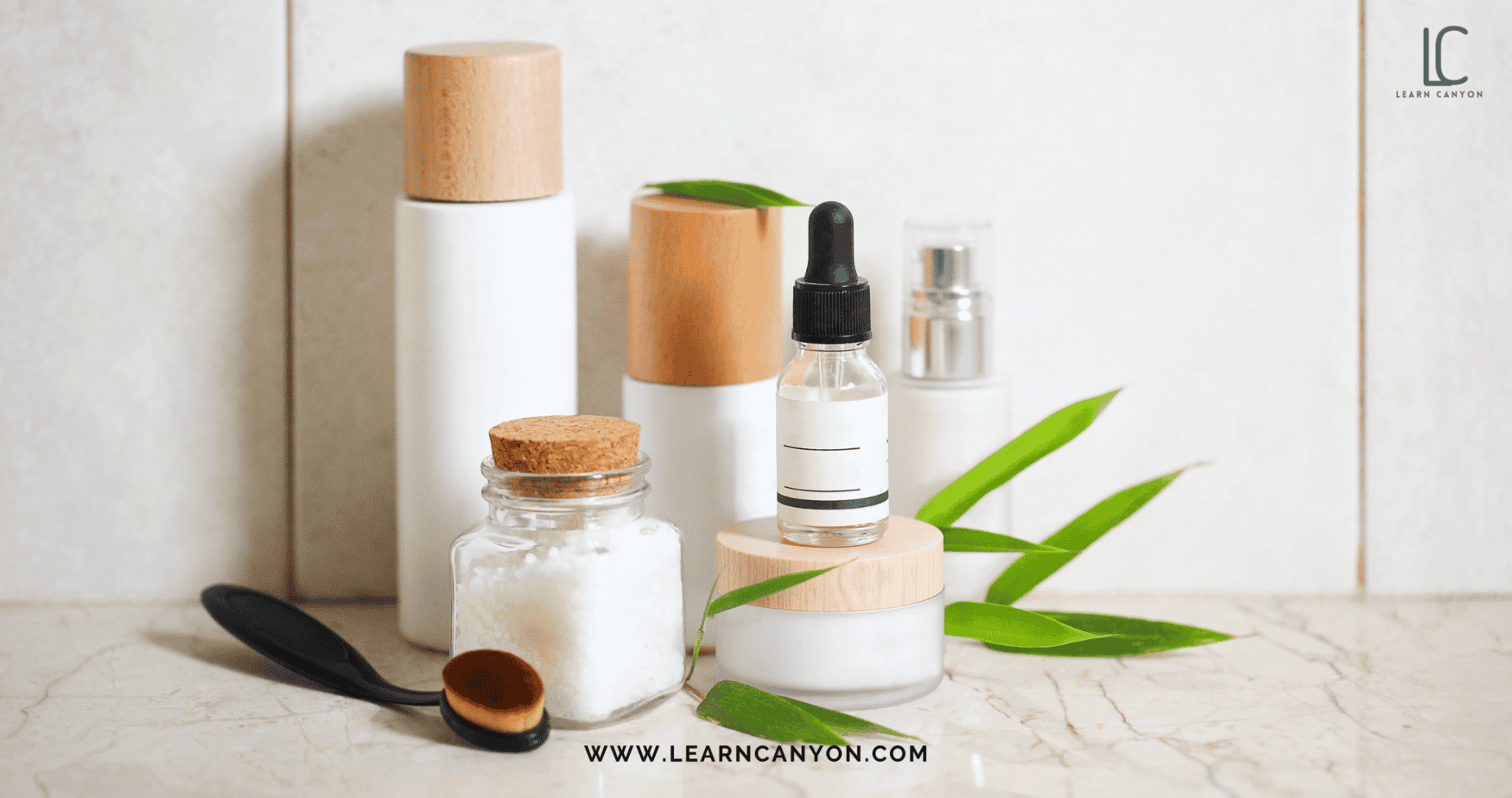
Sensitive Skin Tips:
If there’s one golden rule I follow when formulating for sensitive skin, it’s this: less is more, always.
Sensitive skin doesn’t need a dozen actives shouting over each other. It needs calm, balance, and ingredients that whisper instead of scream. That doesn’t mean your formulas have to be boring, it means they need to be thoughtful.
- Start Simple, Then Build: When working with natural retinoid alternatives, begin with a minimal formula. Think: one bio-retinol (like Bakuchiol or Rosehip), paired with a skin-soothing base. Let that star ingredient shine. You can always build complexity later, but let the skin adjust first.
- Always Prioritize Barrier Support: Sensitive skin is usually barrier-compromised, whether you see it or not. Including ingredients like Ceramides, Beta-glucan, Panthenol, and Squalane helps reinforce the skin’s natural defenses. I always say: treat the barrier like royalty, everything else follows.
- Formulate with Texture in Mind: Harsh or heavy textures can cause just as much stress as an irritating active. Go for light creams, milky emulsions, and silky serums. Stay away from overly drying gels or alcohol-heavy formats unless you’re balancing them properly.
- Don’t Overdo the Fragrance: Even natural essential oils can be too much for sensitive skin. Either skip them entirely or use them at very low concentrations (under 0.5%), and stick to calming oils like Chamomile, Lavender, or Sandalwood if you must include a scent.
- Patch Testing Isn’t Optional: As much as we trust our ingredients, every skin reacts differently. Encourage users (and always test yourself) to do a patch test when using a new formula with bio-retinoids, even if it’s 100% plant-based.
- Timing & Layering Matter: Teach your users how to introduce these products slowly, maybe 2–3 times a week at first, then build up. And always layer with a gentle moisturizer, especially at night. It makes a world of difference.
When you formulate with intention and empathy, the skin responds with grace. Sensitive skin doesn’t need aggressive correction, it needs consistent nourishment. And honestly? That’s where the true beauty lies.
Formula Ideas
Now, let’s get to the part I love most, turning theory into beautiful, functional, skin-loving formulas. When I formulate for sensitive skin, especially with retinoid alternatives, I focus on synergy: every ingredient should support, soothe, or elevate the other.
Here are two of my go-to formula ideas that have worked wonderfully for sensitive skin clients seeking anti-aging benefits without the burn.
Calming Bio-Retinol Night Serum (Oil-Based)
A gentle, nourishing oil serum that gives you retinol-like benefits with zero irritation. Perfect for dry, sensitive, or reactive skin.
Phase: Oil
- Cacay Oil – 12% (rich in natural Vitamin A + nourishing)
- Rosehip Seed Oil – Qs. (supports skin regeneration)
- Squalane (Olive) – 20% (lightweight, barrier-supporting)
- Bakuchiol – 1% (the star active, gentle yet effective)
- Vitamin E (Tocopherol) – 0.5% (antioxidant and oil stabilizer)
- Calendula CO2 Extract – 0.3% (soothing and anti-inflammatory)
- Optional: Chamomile or Lavender EO at 0.2% for calming aroma (or keep fragrance-free!
Usage: Use at night after cleansing, followed by a barrier-repair moisturizer if needed.

Sensitive Skin Renewal Cream (Emulsion)
A lightweight, comforting cream that smooths, hydrates, and supports cell turnover, without overwhelming delicate skin.
Phase A (Water Phase):
- Chamomile Hydrosol – Qs%
- Aloe Vera Juice – 10%
- Glycerin – 3%
- Panthenol – 2%
- Beta-Glucan – 1%
Phase B (Oil Phase):
- Cacay Oil – 5%
- Sea Buckthorn Pulp Oil – 1%
- Emulsifier (Ritamulse SCG) – 6%
- Cetyl Alcohol – 2% (for a velvety finish)
Phase C (Cool Down):
- Bakuchiol – 0.5%
- Vitamin E (Tocopherol) – 0.5%
- Preservative (EcoCert-approved) – 1%
- Optional: Oat or Calendula Extract for extra soothing power 1%
Usage: Ideal as a PM moisturizer or calming day cream for dry, reactive skin.
Both formulas are created with a “nourish, don’t punish” mindset. They’re simple, functional, and elegant, easy to customize, scale, or even blend with other actives depending on the user’s skin goals.
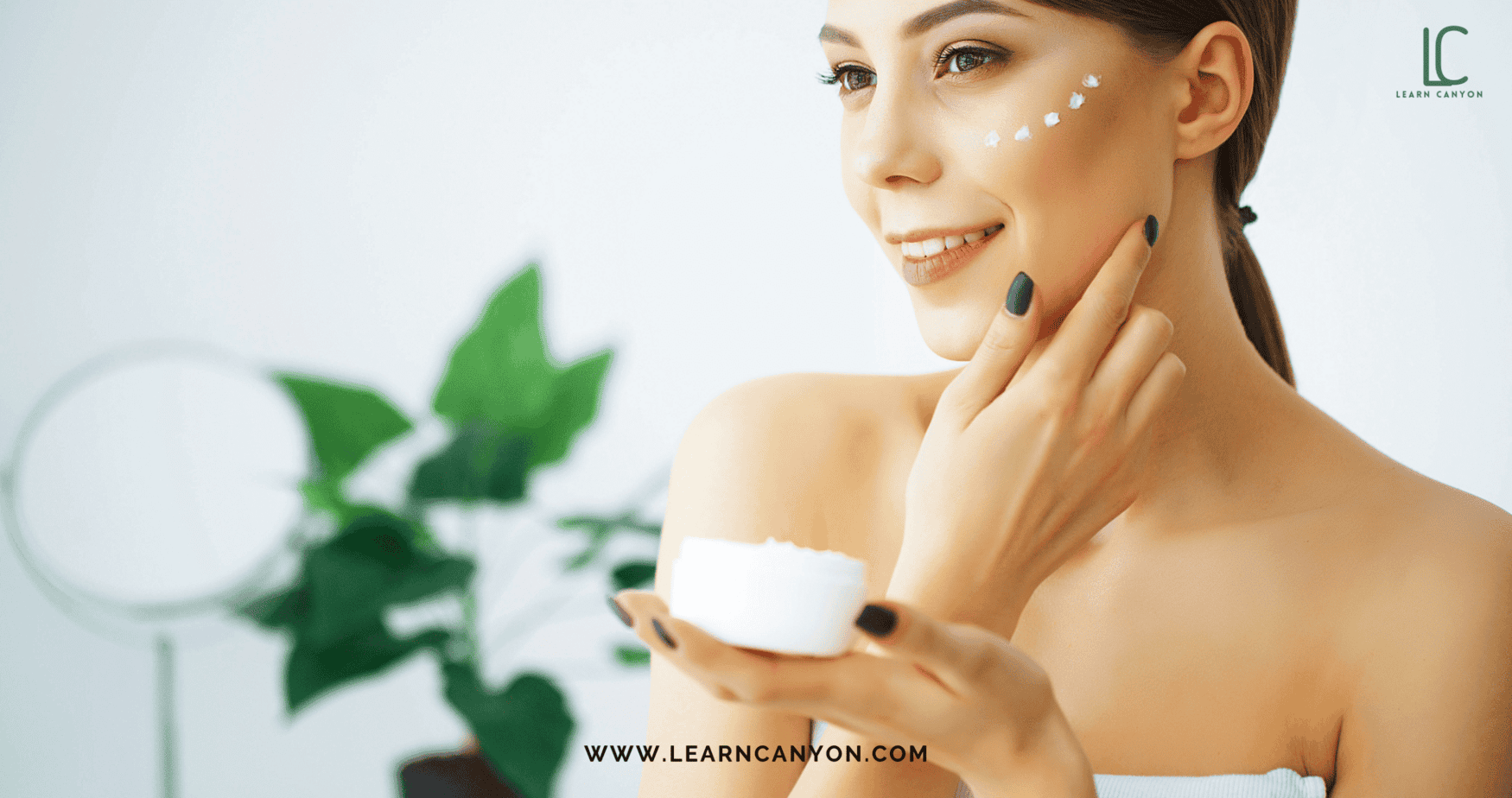
Real Results: What to Expect (and When)
Let’s be honest, when you switch from retinoids to gentle, plant-based alternatives, one of the first questions you or your clients might have is: “Will it actually work?”
And my answer is: Yes, absolutely, but naturally, it takes time.
Unlike synthetic retinoids that often force rapid cell turnover (and sometimes leave your skin red, flaky, or overstimulated), natural alternatives work in harmony with your skin. They’re not here to shock your skin into submission, they’re here to support it consistently.
So what can you expect?
- Week 1–2: This is where skin starts adjusting. Don’t expect dramatic changes right away. What you may notice, though, is less irritation, better comfort, and an overall calmer feel. That alone is a huge win for sensitive skin.
- Week 3–4: You’ll start to see more glow, like your skin has taken a deep breath. Ingredients like bakuchiol and cacay begin showing subtle results in texture and hydration. The barrier feels stronger, and makeup applies more smoothly.
- Week 6–8: Here’s where you see visible improvements: a more even skin tone, softer fine lines, fewer dry patches, and a brighter, plumper complexion. These results may be gradual, but they’re stable and sustainable, no rollercoaster of flare-ups and purging.
Consistent Use = Long-Term Benefits
The magic really happens with consistency. Using your product regularly (2–5 times per week depending on tolerance), combined with barrier-loving hydration, amplifies the long-term impact.
Bonus Tip: Encourage users to pair your bio-retinol product with a gentle cleanser, minimal exfoliation, and a solid moisturizer. This creates an ecosystem where the skin feels safe, and when skin feels safe, it responds beautifully.
Organic alternatives don’t offer “overnight miracles,” but they do offer lasting transformation, the kind your skin will thank you for, month after month.
Conclusion
If there’s one thing I’ve learned over the years, through hundreds of formulations, client case studies, and my own skin journey, it’s this: you don’t need harsh ingredients to see powerful results.
Retinoids have their place, sure. But they’re not the only answer. For those of us who want to nurture our skin while still supporting its natural glow, firmness, and resilience, there’s a gentler path. And that path is paved with plants.
From Bakuchiol to Cacay, from Sea Buckthorn to Rosehip, nature has gifted us a range of actives that not only mimic the effects of traditional retinoids but do so with love, balance, and grace. When you formulate or use skincare products rooted in this philosophy, you’re choosing collaboration over correction. You’re choosing to work with your skin, not against it.
As a formulator, I encourage you to dive deeper into these beautiful botanicals. Experiment, customize, and craft with intention. And as a skincare lover? Listen to your skin. Trust its rhythm. Give it the space to heal, glow, and evolve on its own terms.
Because true beauty isn’t forced. It’s nurtured.
And that’s the kind of skincare the world needs more of.

